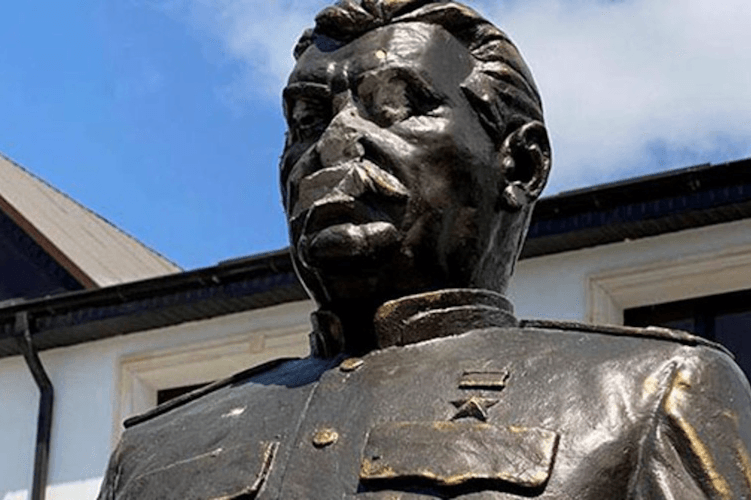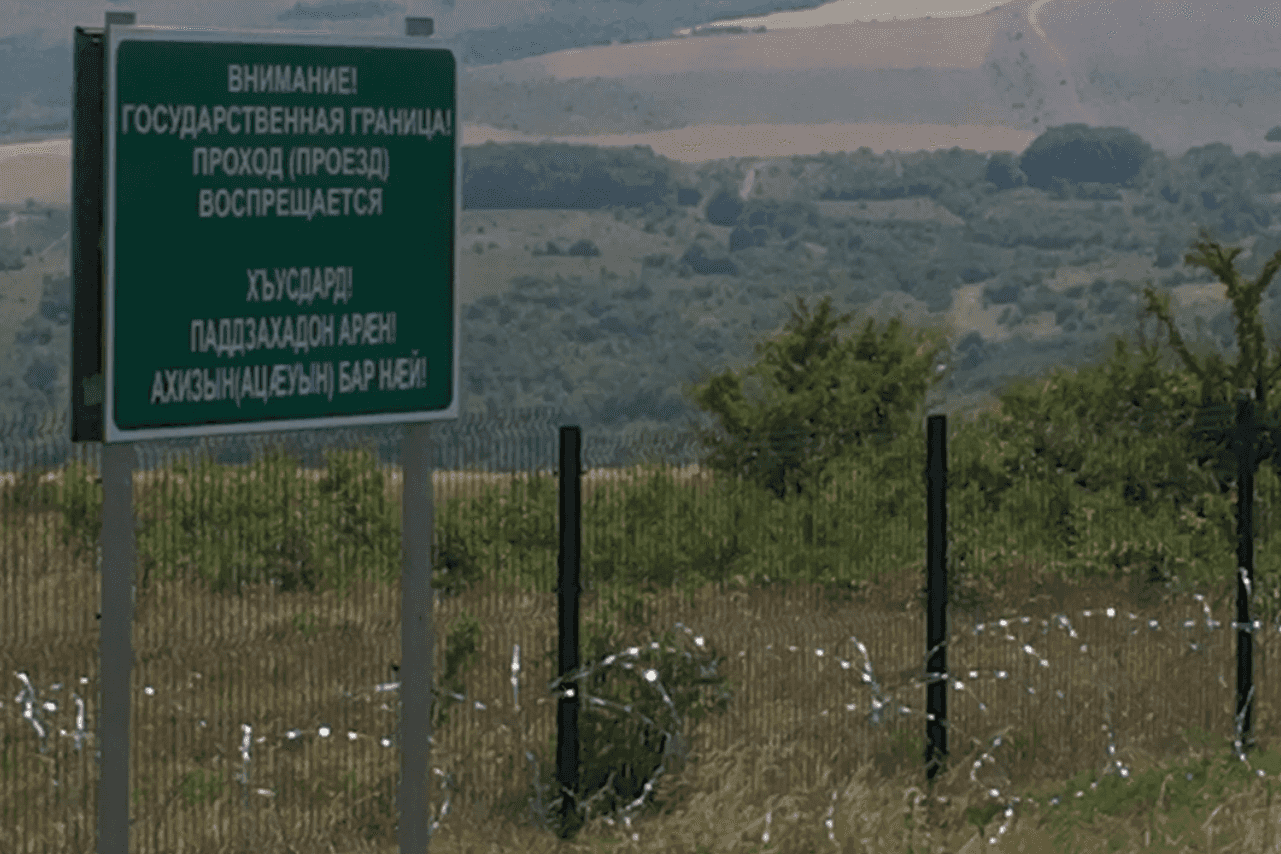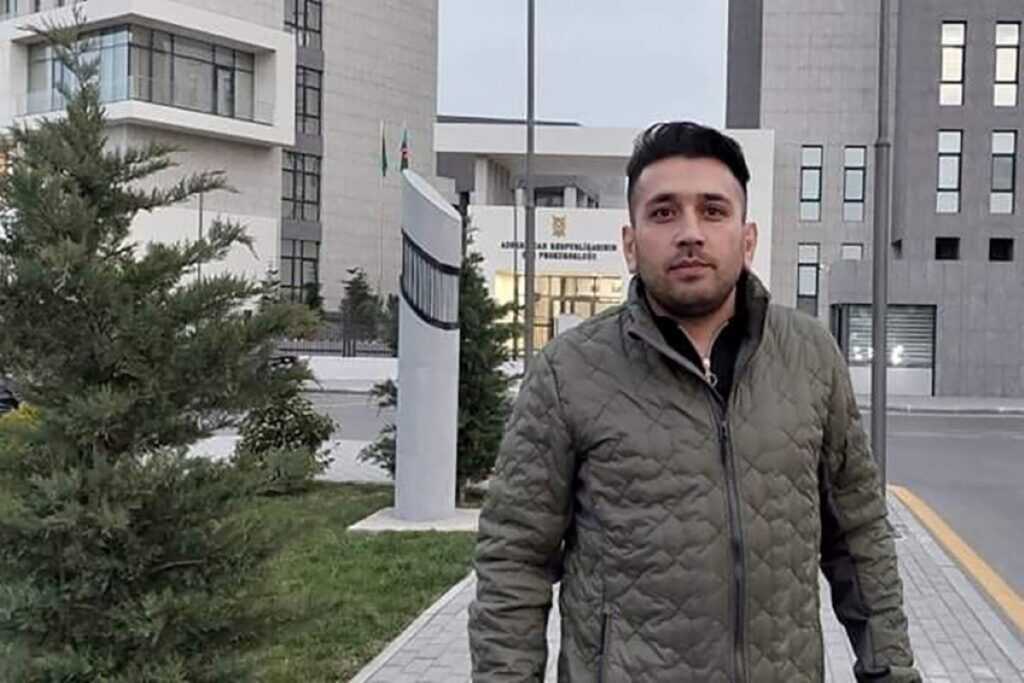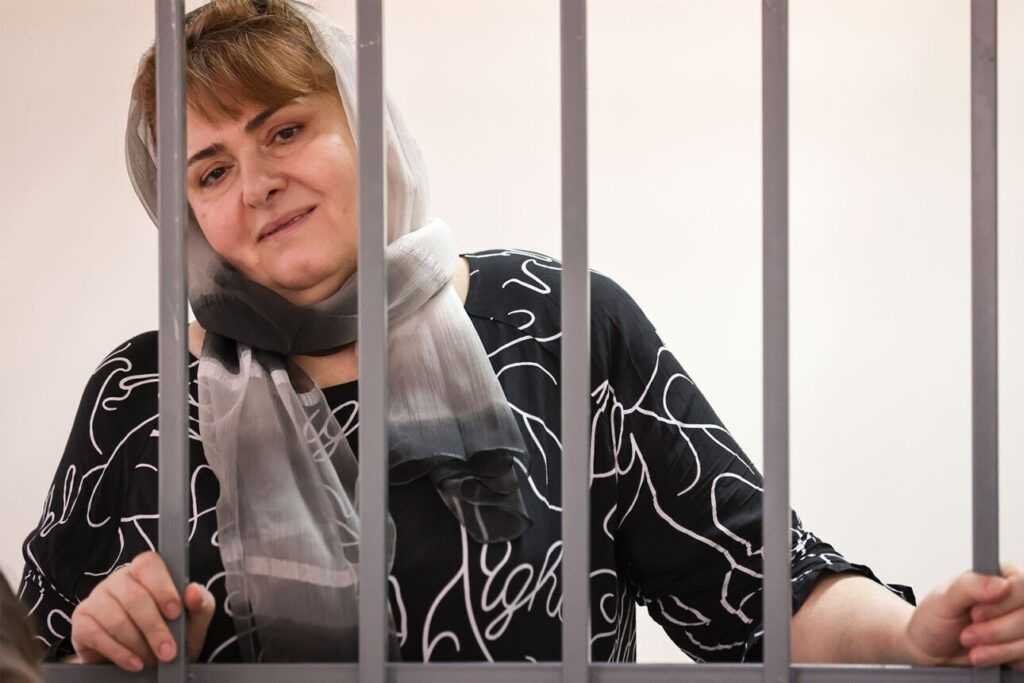
A monument dedicated to Soviet dictator Joseph Stalin in Tskhinvali (Tskhinval) has been vandalised by three hooded individuals, who smashed the sculpture’s nose and one of its eyes with a hammer.
The incident occurred during the night between Tuesday and Wednesday. The statue was recently erected on the premises of a local factory.
Maria Kotaeva, head of South Ossetia’s Committee for Information and Press, confirmed the incident in a statement to the Russian newspaper RBC.
‘[The monument] remains in place, safe and intact where it was installed. […] But part of the nose on the bust has been chipped. An investigation is under way to determine whether it was a fight or a scuffle, and the circumstances under which the damage occurred,’ said Kotaeva.
In response, law enforcement authorities in South Ossetia have launched an investigation. The perpetrators have not yet been identified, and a search is ongoing.
The monument was installed on 21 June, one month before the damage occurred, on the initiative of the factory’s management. The sculpture, depicting Stalin in a greatcoat, was placed in a secured site.
‘He is one of the greatest people in the world, whose personality and work left an indelible mark on history. It is unfortunate that in many countries his contribution to state and society is valued more highly than here’, Vadim Tskhobrebov, the director of the factory, said during the unveiling ceremony. He was the one who initiated the monument.
Stalin monuments have previously been installed in Tskhinvali, including one on the premises of the Prosecutor’s Office. The base of this bust bears the inscription: ‘Every mistake has a name and a surname’.
Stalin Street remains one of the city’s main thoroughfares, and during the Soviet period — from 1934 to 1961, the city itself was officially named Stalinir.
Archived records confirm that 406 people from South Ossetia were repressed during Stalin’s purges, most of whom were ethnic Ossetians. Of these, more than 100 were executed and the rest were sent to labour camps.
Despite this, official rhetoric in the region often blames the mass repressions not on Stalin personally or the central Soviet authorities, but on ‘Georgian national-communists’ in Tbilisi.
Stalin busts have also been targeted in Russia. In the village of Amirovo in Bashkortostan, a statue was doused in red paint just six weeks after its installation. Russia’s Communist Party called it an organised political provocation and claimed local residents were not involved.
In 2024, residents of Kabarda–Balkaria and Ingushetia petitioned local authorities to refrain from glorifying figures responsible for Stalin-era deportations. They expressed concern over the growing number of Stalin busts and monuments. There are currently more than 110 such memorials in Russia across 40 regions, with the highest concentration found in North Ossetia, Daghestan, and Yakutia.
For ease of reading, we choose not to use qualifiers such as ‘de facto’, ‘unrecognised’, or ‘partially recognised’ when discussing institutions or political positions within Abkhazia, Nagorno-Karabakh, and South Ossetia. This does not imply a position on their status.










